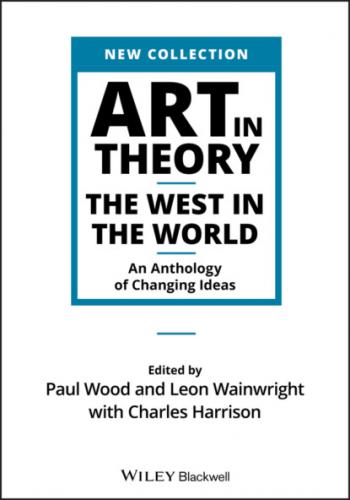IB9 Bernardo de Balbuena (c.1561/68–1627) from Grandeza Mexicana
Bernardo de Balbuena is now acclaimed as the first Hispano‐American poet of the New World. Little is known about his early life. It seems he was born in Spain, but taken to America as a child where he was brought up and entered the Church, being ordained as a priest in the 1590s. His major poem about the glories of Mexico was published in 1604. Subsequently he returned to Spain, where he became a doctor of theology in 1606, before travelling back to the New World and taking up senior ecclesiastical positions. He was abbot of Jamaica for approximately 10 years from 1608, and thereafter bishop of Puerto Rico until his death. In the opening passage of Grandeza Mexicana, Balbuena addresses the person (some sources say ‘a lady’, others specify ‘a nun’) to whose request his poem is the answer. His description of the city as being supported on a thin crust over two lagoons is a reference to its being built on the site of the former Aztec capital Technoctitlan, which stood on a lake crossed by causeways. In essence the poem celebrates Mexico City as the crossroads of the world, a site of riches drawn from across the globe: from Europe and Africa across the Atlantic, and from Asia, including from Spanish possessions in the East Indies, across the Pacific. The extracts are taken from Chapters 1, 2, 3 and 5 of Bernardo de Balbuena: Grandeza Mexicana, Madrid: Edición de Asima F. X. Saad Maura; Ediciones Cátedra, 2011, pp. 167–8, 180, 186–9 and 205. The poem was translated by Emma Barker with the assistance of Encarna Trinidad Barrantes.
Chapter 1: About the site of the famous Mexico City
…
You ask me to write you some indication
That I have arrived in this famous city
Centre of perfection, hinge of the world,
Its site, its immense population.
Its rare objects, its riches and its commerce.
Its distinguished people, its prosperous labour.
[…]
In the zone where the sun travels overhead,
And gentle April walks, swathed in roses,
Spreading its intoxicating scent
On a delicate crust
That supports it above two lagoons,
Surrounded by waves on every side,
Carved in fine proportions, innumerable
Towers, spires, windows,
Present their construction with pride.
[…]
Chapter 2: The origin and grandeur of its buildings
…
The grandeur of its proud streets
Closely resembling a chess board,
Square by square, and each square piece by piece.
[…]
The pediments covered with sculpture,
Subtle workmanship, opulent adornment
Of Corinthian refinement and elegance,
The wide friezes of gold relief,
Grooved triglyphs and metopes
Which support the buildings with order and decorum.
[…]
Chapter 3: Horses, streets, commerce, politeness
…
It is the most rich and opulent city,
With more trade and treasure
Than any other that either the north cools or the sun warms.
Silver from Peru, gold from Chile,
All end up here, along with fine cloves
from Terrenate and cinnamon from Tidoro.
Fabric from Cambray and ransom from Quinsay.
Coral from Sicily and nard from Syria,
Incense from Arabia, and garnets from Hormuz;
Diamonds from India and from gallant
Scita, rubies and fine emeralds,
Ivory from Goa, and black ebony from Siam.
The best from Spain, from the Philippines
Their finest, from Macón its most precious,
From both Javas, exotic luxuries;
Fine porcelain from timorous Sangley,
Rich furs from Scythians of the Caspian,
From the Troglodytes, sweet cinnamon;
Amber from Malabar, pearls from Idaspes,
Drugs from Egypt, perfumes from Pancaya,
Carpets from Persia, and jasper from Etolia;
Coloured silks from great China,
Bezoar stones from the artless Andes,
Prints from Rome, beautiful things from Milan;
Clocks that Flanders has invented,
As much cloth as Italy has, and as many lockets
As Venice has worked into exquisite treasures.
[…]
In brief, the best of the world, the finest
Of all that is made and known
Is plentiful here, available and inexpensive.
[…]
Mexico divides the globe in equal parts,
The earth bows down to it as if it were the sun,
And it seems to rule over the whole world.
[…]
Chapter 5: Gifts, opportunities for enjoyment
…
Oh rich city, town without equal,
More abundant in treasures and beauties
Than there are fish and sand in the deep sea.
Who can enumerate your riches,
Or count your famous markets,
Where there is more truth and honesty than swindling?
Of the assets of your rich fleets
That arrive and depart fully loaded,
Say if you are the sum of them.
In you are their splendours summarised,
You supply them with gold and fine silver,
And they send you their most precious things.
In you, Spain is united
